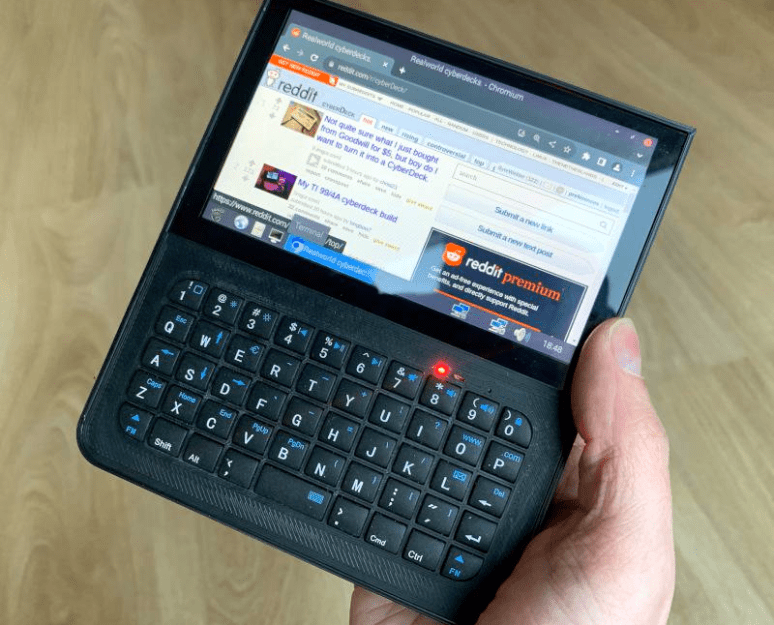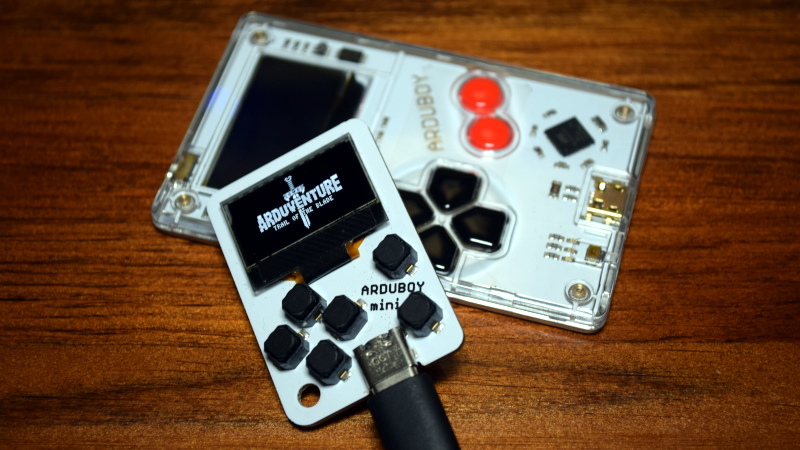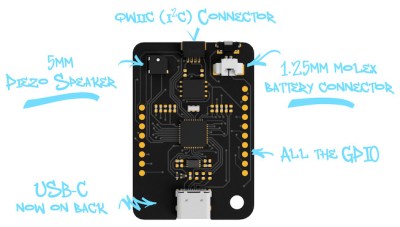22

[Bytewelder] fondly remembers the Palm III and Sharp HC-4500, so taking on the design of Decktility, a custom handheld cyberdeck , was a natural next step. The blog post goes into much detail about the design decisions and challenges throughout the project. The end result, though, looks great.
The device uses a Raspberry Pi CM4 and an IPS touchscreen. The bulk of the design work was to get the power system working. There is a custom FET board and an Arduino that manages charging and battery state.
The 3D-printed case is compact, and the whole thing weighs about 375 grams. You can replace the batteries after their 6-hour stint or charge them in situ via USB-C.
The battery charger is of particular interest. [Bytewelder] wanted to integrate power management but didn’t want to write custom Linux drivers. The solution was simple: have the Arduino emulate an existing power management device with Linux driver support. In this case, the power management system looks to the Raspberry Pi like an LTC294x device, so the normal Linux OS knows how to handle it.
If you are really worried about batteries, you can swap processing power for battery life. This build reminds us of some of the organizers that were popular once upon a time. We have a soft spot for decks that look like retro computers or even if they could have been.








